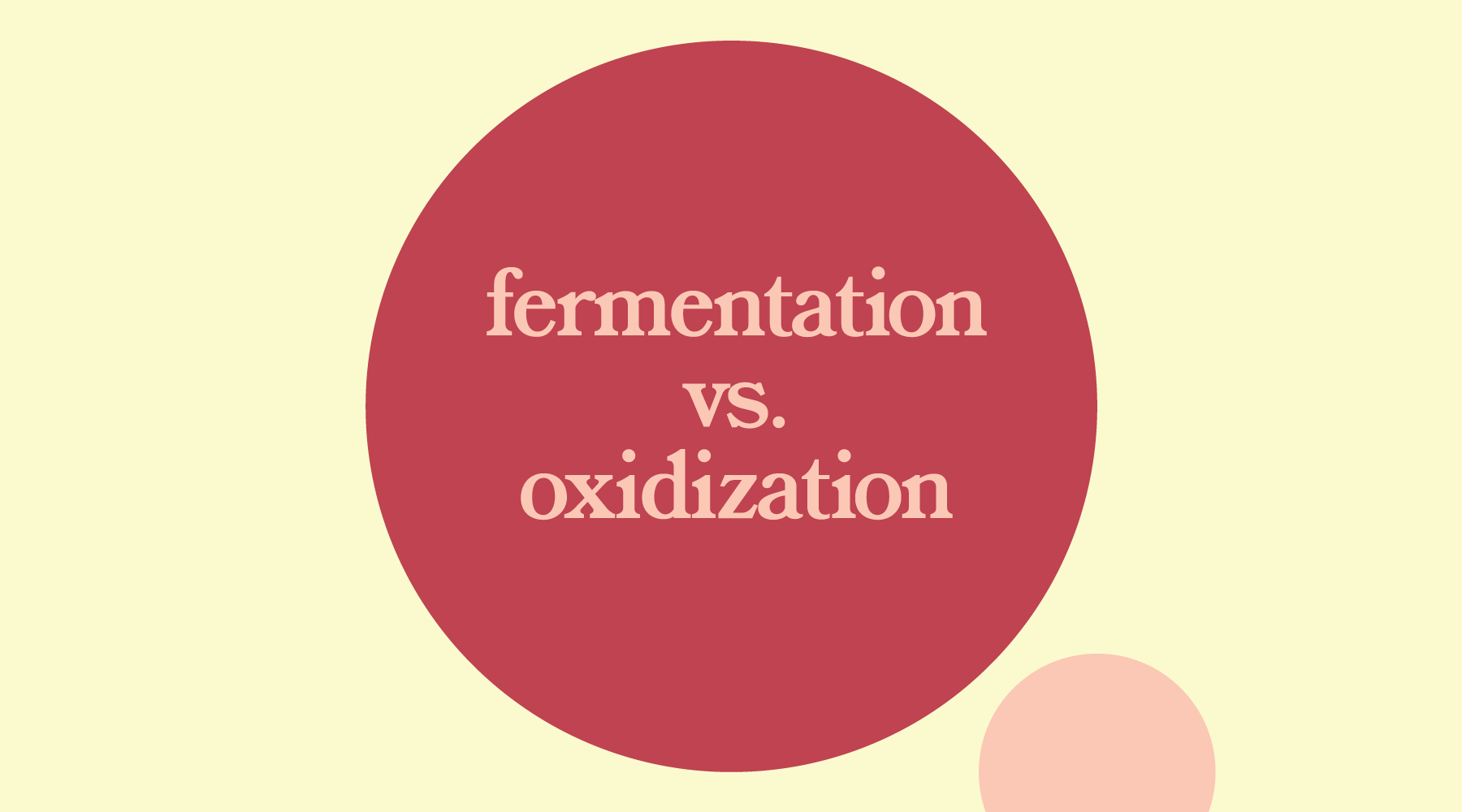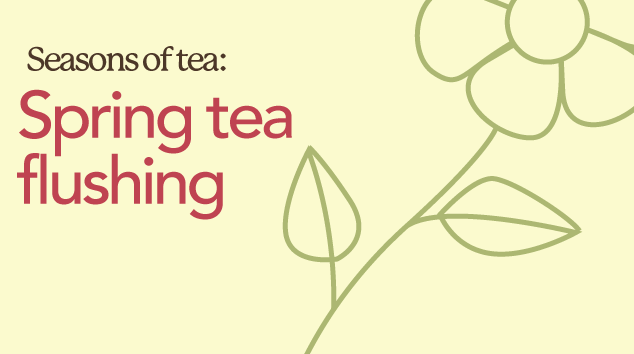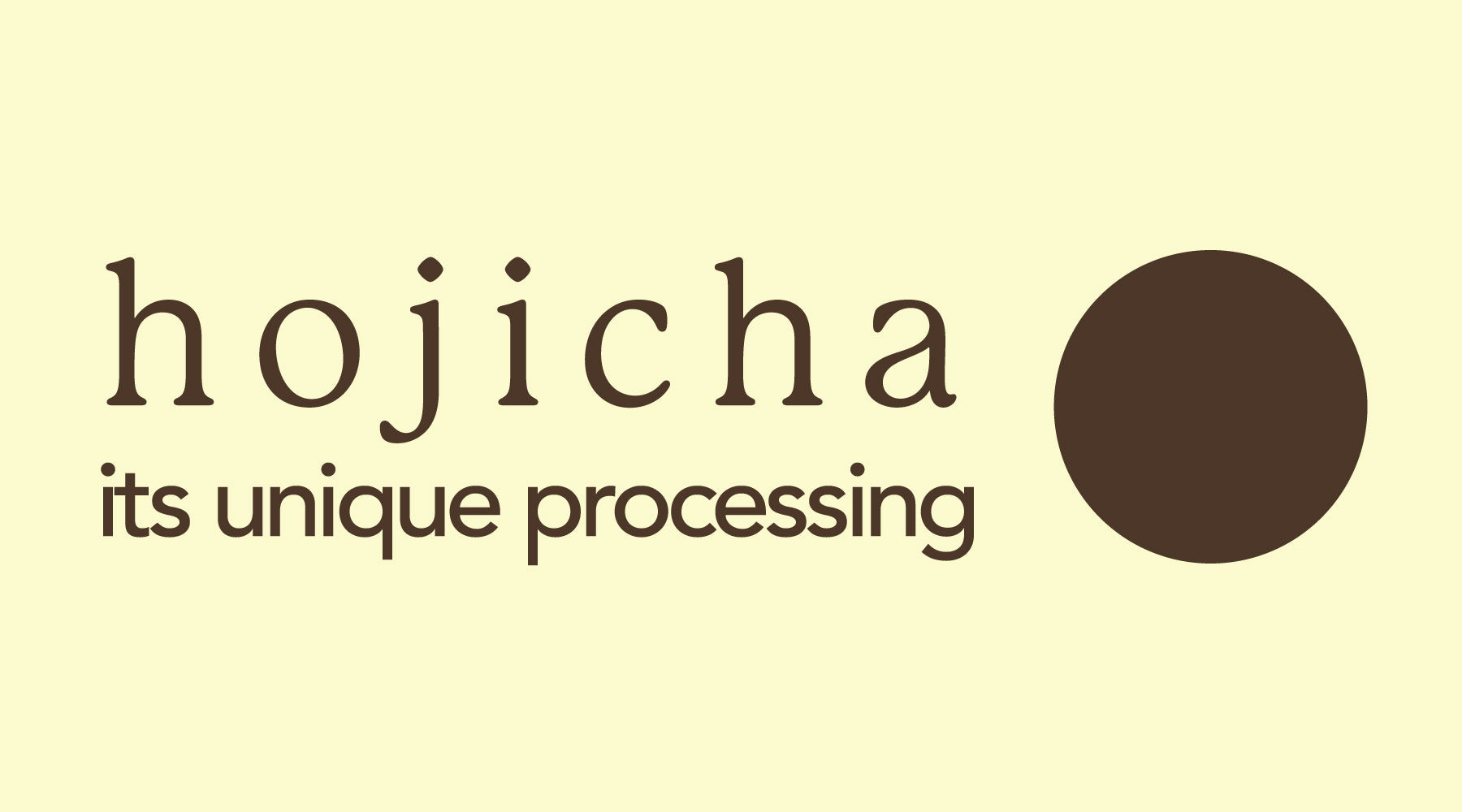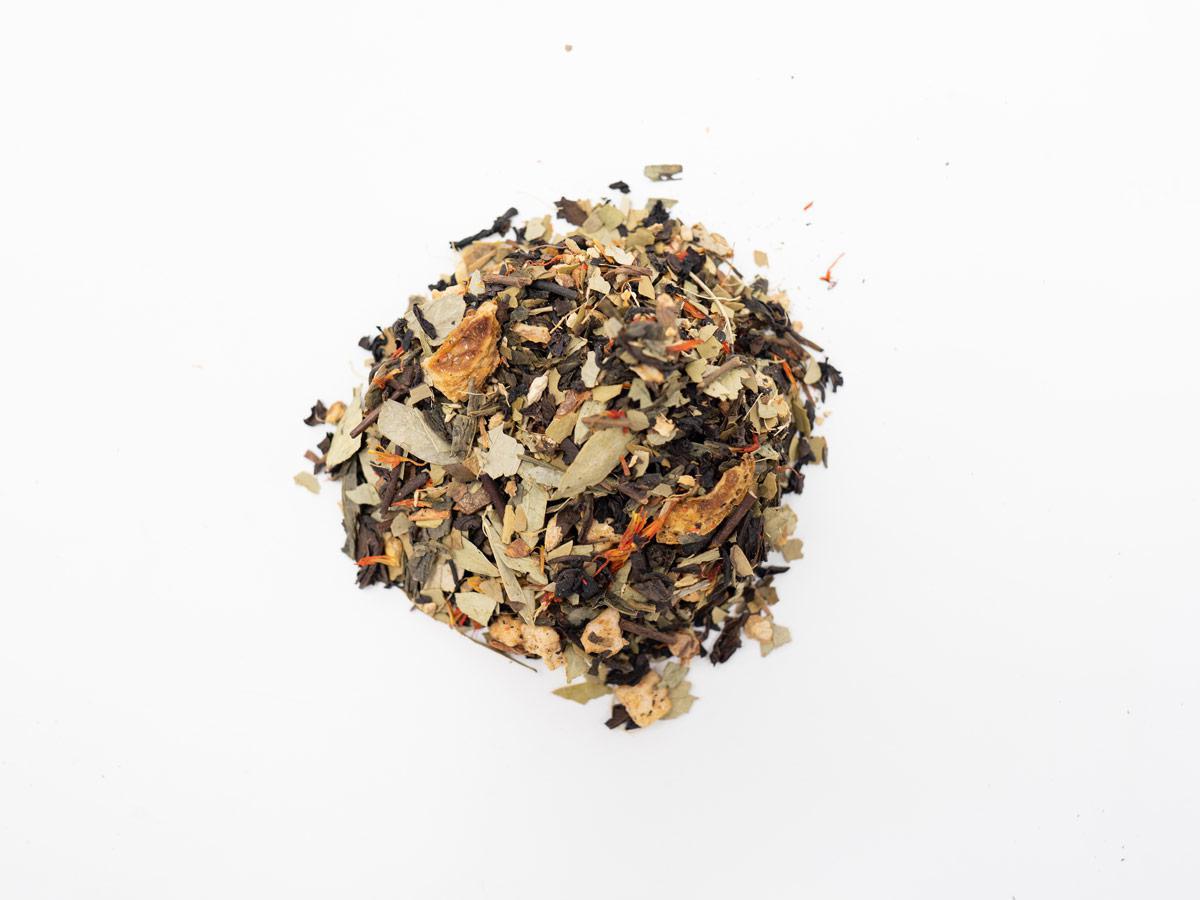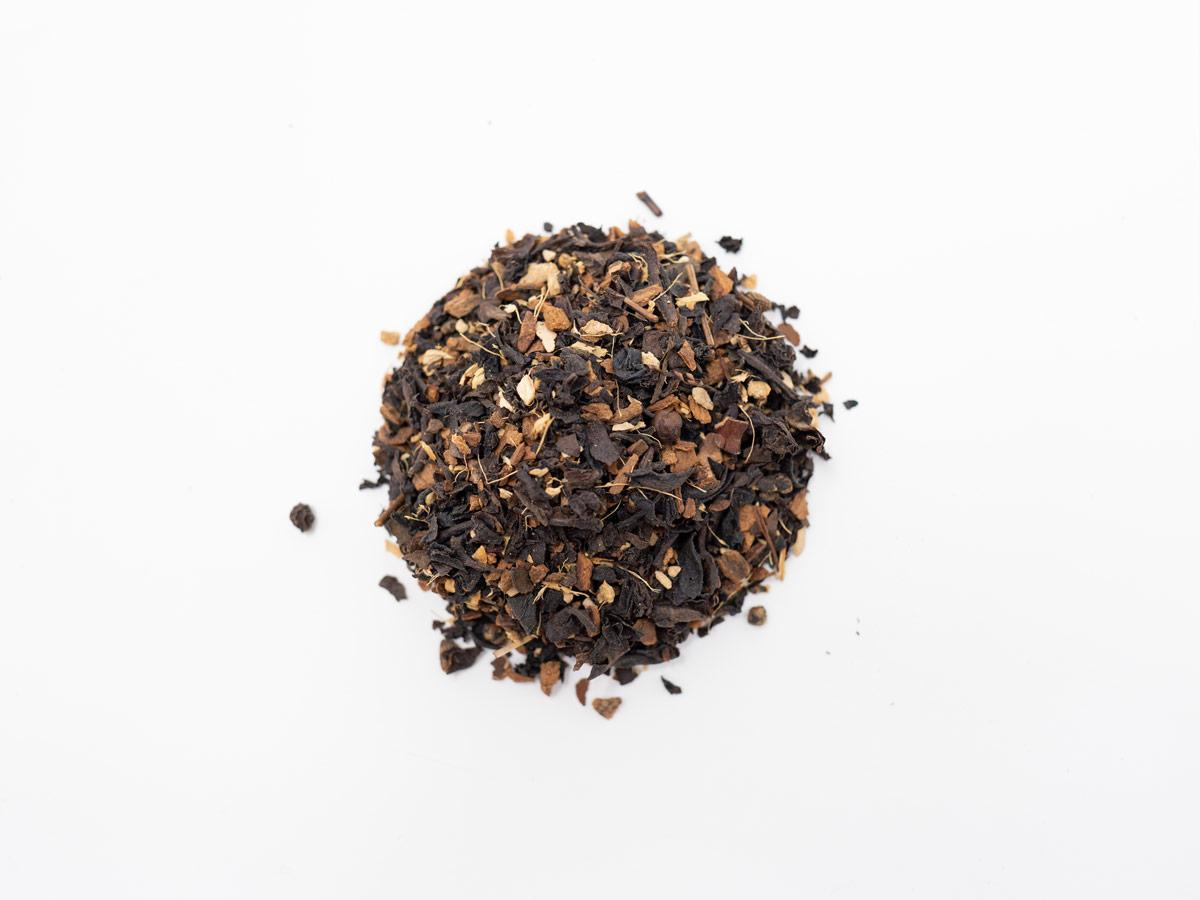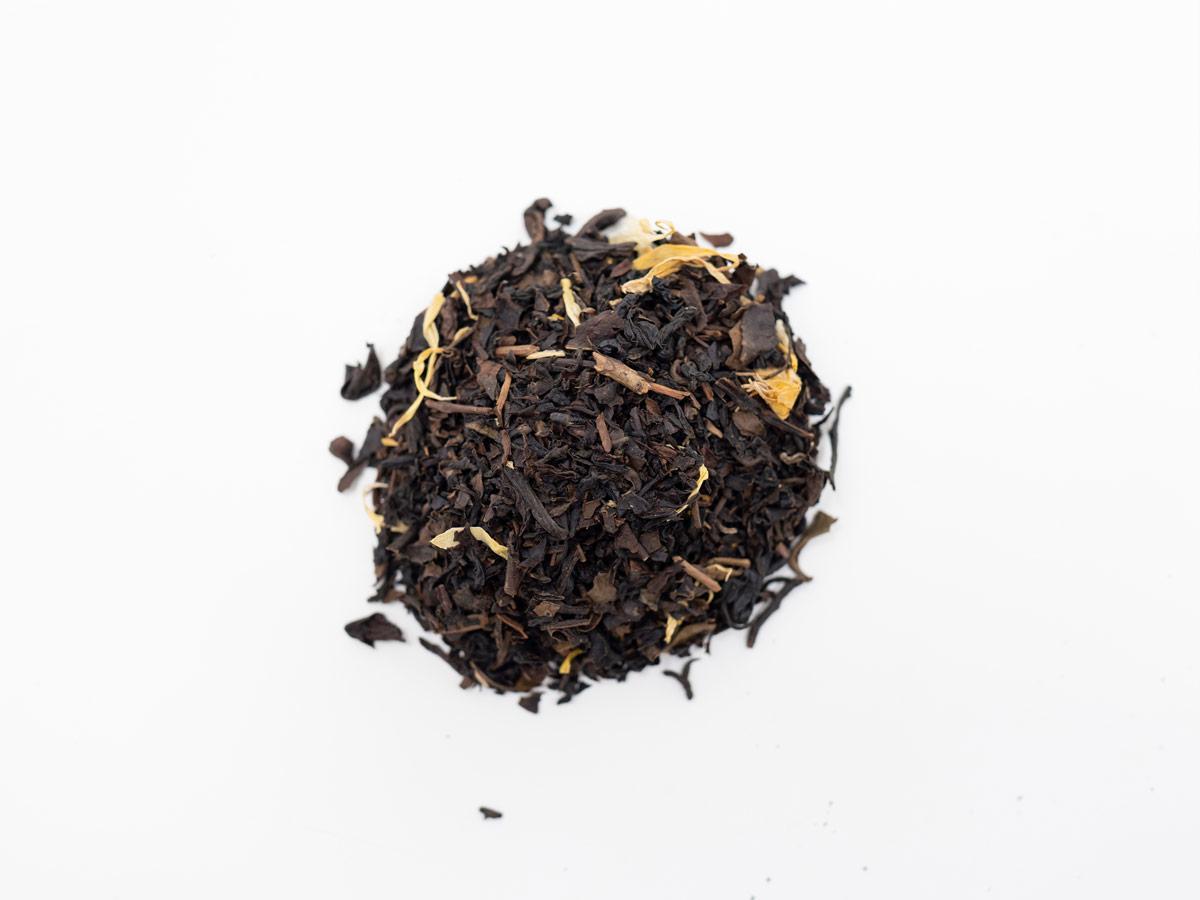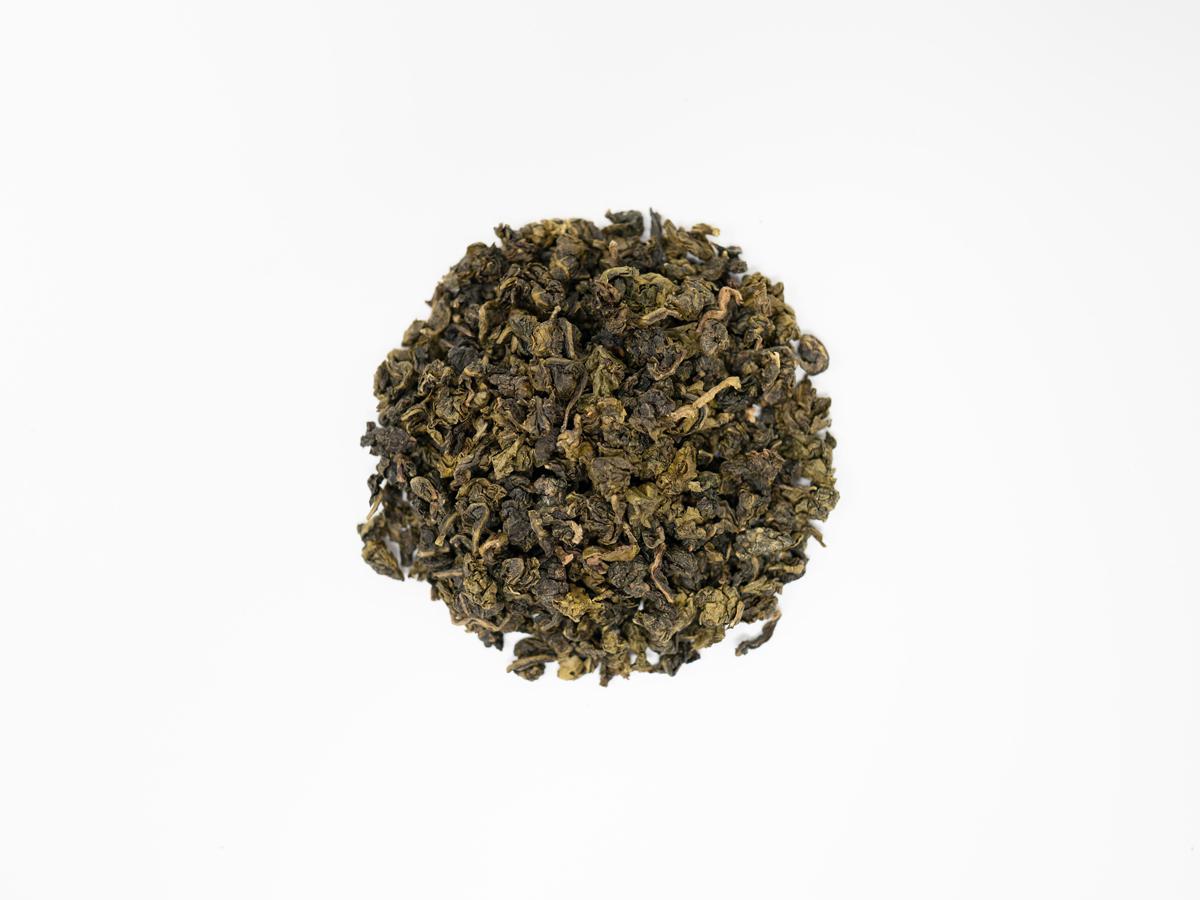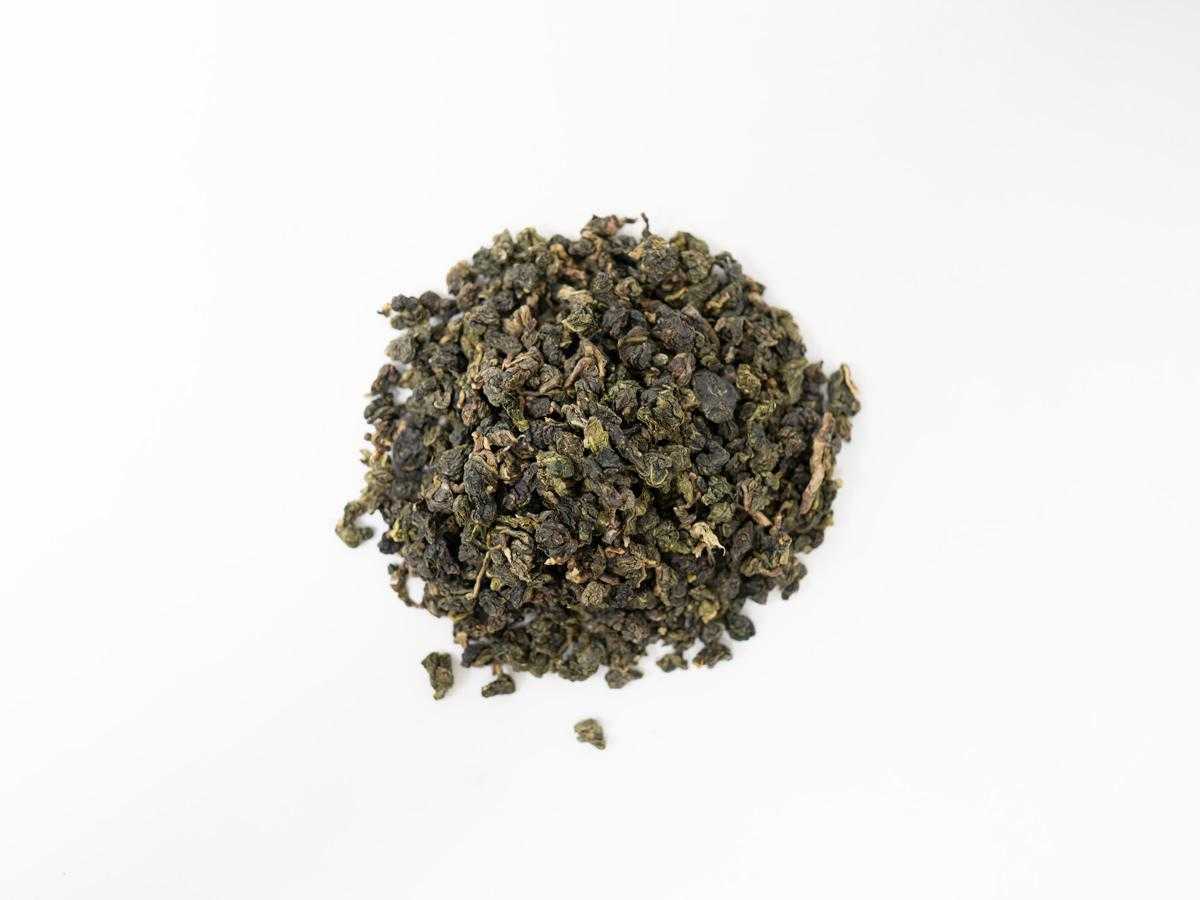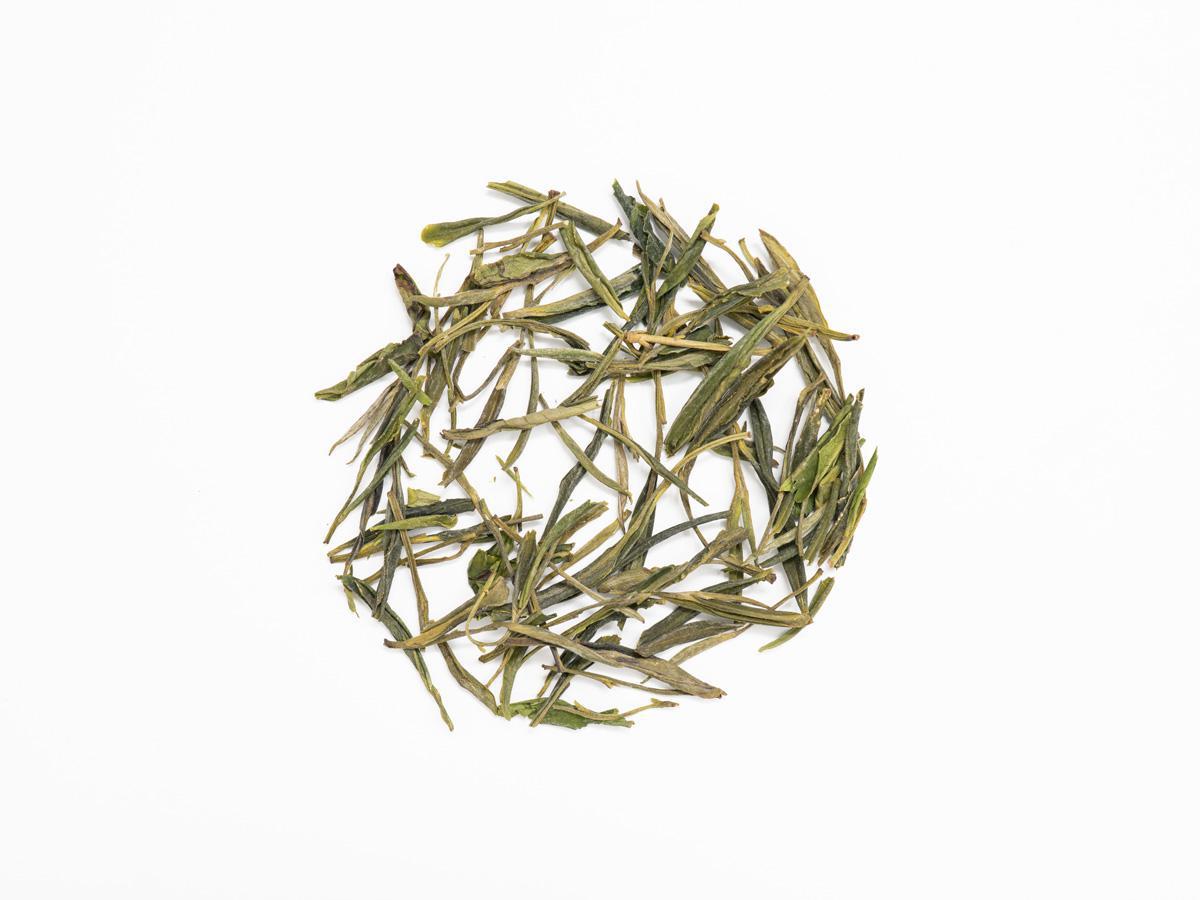Tea processing is very particular to the type of tea. But even with processing being specific to tea types, there are only two main ways to process tea. The most common is oxidation which is the exposing of tea leaves to air to darken. The other form is fermentation, which includes a microbial process to the already oxidizing tea. While most tea is oxidized, not all tea is fermented. So what is the difference? We'll break down the difference between oxidation and fermentation and discuss the different teas and processing methods.
What is Oxidation?
As I said previously, oxidation is the process of exposing tea to air for it to darken. As the tea darkens, the flavor and aroma can change. All tea comes from the same Camellia sinensis plant. So what differentiates tea from another is the level of oxidation. White tea would be the least oxidized, while black tea is the most. So, just like a banana will brown when exposed to air, so will tea. Once the desired oxidation level is reached, the leaves are heated. Leaves are then removed from the heat and air as much as possible to preserve the oxidation. Proper storage of oxidized tea leaves is essential because oxidation continues with exposure to air. You don't want the oxidation level to increase because it will affect the flavor.
One of the most critical parts of tea processing is knowing when to stop the oxidation process. Oxidation significantly impacts flavor, so getting the right levels of oxidation is important. To stop oxidation, heat is applied to the leaves with steam, heat vents, or other methods. A true tea master will know precisely when and how to use heat to stop the oxidation process. It's not always a straightforward process. A lot of expertise is required. The level of oxidation will determine what kind of tea it is. Once leaves are picked, they begin to wilt, and once oxidation begins, the chlorophyll in plants begins to break down, causing them to darken.
What is Fermentation?
Fermentation involves microbial activity, which causes tea leaves to break down and decompose over time. The fermentation process is carefully controlled to make sure that the microbial growth is at the right level. Fermentation can take months to years, depending on the kind of tea. For the most part, the only fermented tea is Pu-erh which is the most fermented and oxidized.
White tea is the least oxidized tea with no fermentation. Because fermentation takes a long time, and since the oxidation process continues during the fermentation process, white tea is never fermented. It would stop being white tea if fermentation was done. Once the Camilla sinensis plant is picked, the leaves will begin to wilt. White tea is usually wilted and dried but not oxidized or fermented.
Green tea reaches the next level of oxidation but not so much that tea would be black. Green tea is often just slightly oxidized and is not fermented.
Oolong is an "in-between" tea. It's oxidized more than green tea but less than black tea. It has different percentages of oxidation. It will often have a darker look, but it's not considered a black tea. Oolong tea is not fermented.
Black tea is the most often oxidized at 100 % but is not fermented. Fermentation is a unique process reserved for the oldest tea leaves available.
Pu-erh tea is the only tea that is truly fermented. For more information about Pu-erh tea, read our article on Pu-erh teas. The main difference between Pu-erh and Black tea is that the oxidation process continues throughout the fermentation process, making Pu-erh the most oxidized and the most fermented. Fermenting Pu-erh tea is a highly detailed process. First, the tea is placed in large piles after it's been fully oxidized. Water is poured over to encourage microbial development. The tea is covered to make sure the environment stays warm and moist. The tea is periodically uncovered and moved around. The temperature is often checked to ensure the correct temperature is reached. When the tea is inspected, visible mold appears, which indicates the need to move the tea around. Water may be poured over many times throughout the fermentation process, lasting for months, sometimes years. It's imperative to keep the climate under control when fermenting Pu-erh tea. The moving around of leaves at the right time is also essential. This is only one method of tea fermentation. Tea experts use many.
As you can see, the fermentation process is precise and isn't done on all teas. Pu-erh is known for being tea of the highest quality. The leaves are chosen to be used usually from very old trees and are the longest and oldest leaves. But the timing of picking the leaves is also essential. The Pu-erh leaf must have a small bulb, and that's how you know it's the best. If it's too mature, the bulb would grow to the length of other leaves and would be considered lower quality Pu-erh. The fermentation process is highly specific and controlled for the best Pu-erh tea. Usually, highly skilled tea masters check the temperature, move and shake tea leaves, and determine when the tea is ready.
The fermentation process is what sets Pu-erh tea apart from other teas. Its reputation has grown to be one of the finer teas available. As I've researched tea processing, it's clear that not all tea is fermented, making Pu-erh tea quite possibly some of the world's best and most unique tea.
There is a big difference between oxidation and fermentation. At Hackberry, we have so many teas, and I find it overwhelming to decide what to try. Hopefully, knowing the difference between fermentation and oxidation will help you make great tea selections. If you don't know what you love, try all of our teas oxidized and fermented at different levels to discover what you love. I've shared before how I am primarily a coffee drinker, and when I joined the Hackberry Tea team, tea was not something I thought I would like. But now, after learning about teas and tasting them, I find myself reaching for tea far more often than before. I can now tell you what my favorite tea is and why.
My favorites as a latte are Warm Vanilla Chai and the Strawberry Hazelnut Pu-erh. Both have a smooth and robust flavor, perfect for this holiday season or any time of year. We just launched a new tea I loved and will often be drinking this holiday season called Crème Brulee Spice. It has a full maple-like flavor. I will be trying it also as a latte and would highly recommend it to anyone looking for a sweet and full-flavored tea.
You can also shop for our other teas. Now that you have a better idea of different levels of oxidation and fermentation try all of our teas from white to Pu-erh and enjoy a delicious cup of mildly oxidized to fully fermented teas.



